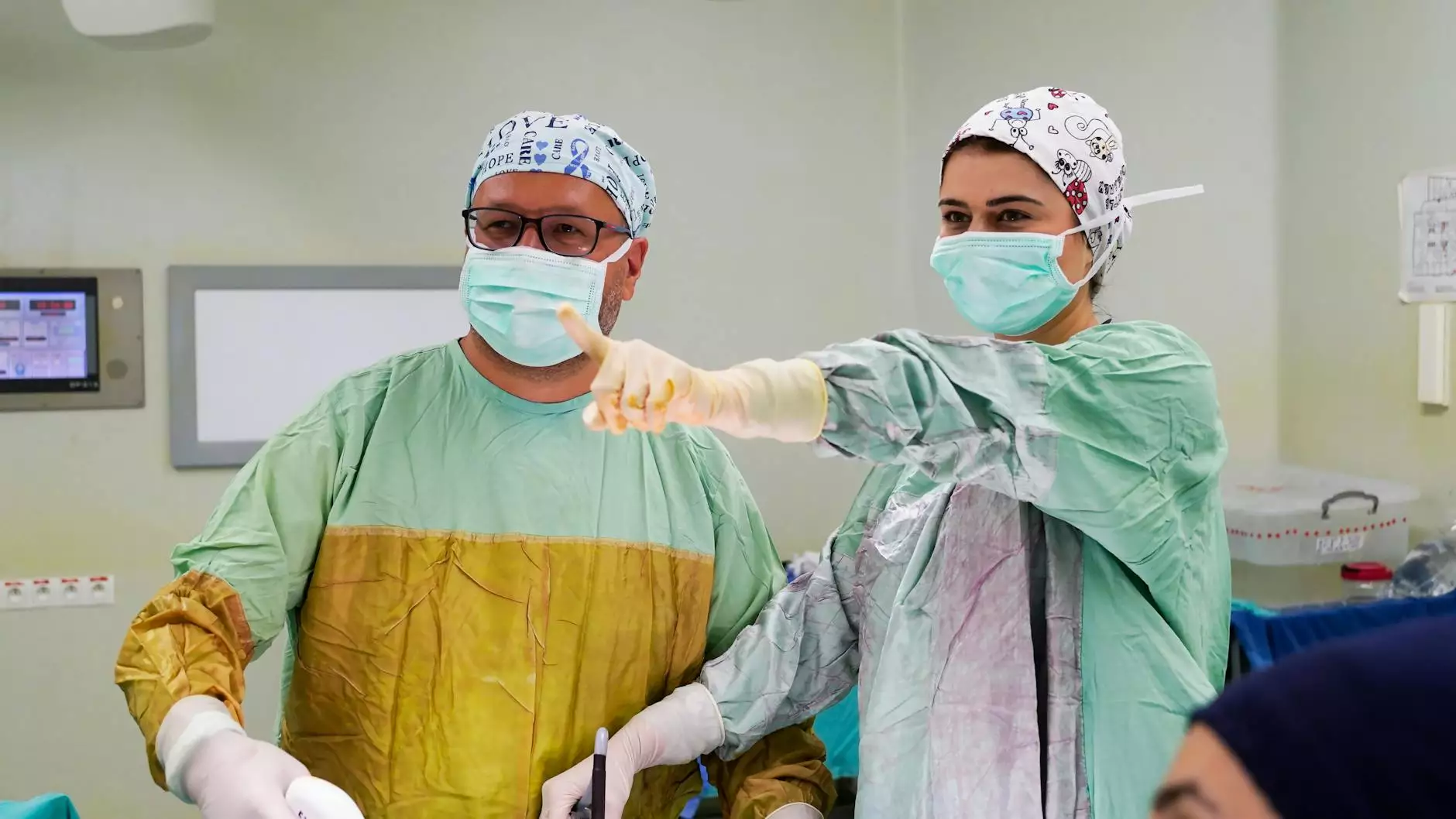Understanding Endometriosis Excision Surgery: A Complete Guide

Endometriosis is a chronic and often painful condition where tissue similar to the lining of the uterus grows outside the uterus. It's a widespread issue affecting millions of women worldwide, leading to debilitating symptoms such as pelvic pain, heavy periods, and infertility. For many, the ultimate resolution comes in the form of endometriosis excision surgery, a procedure that can significantly alleviate symptoms and improve quality of life.
What is Endometriosis Excision Surgery?
Endometriosis excision surgery involves the surgical removal of endometrial-like tissue that is causing pain and other complications. Unlike destructive surgeries, which only ablate (destroy) the affected tissue, excision involves complete removal. This method is often preferred for its potential to provide lasting relief and improve the chances of conception for those struggling with infertility.
Why Choose Excision Over Other Treatments?
When it comes to treating endometriosis, various options exist, including medical therapies such as hormonal treatments and pain management strategies. However, these may not address the underlying problem effectively. Here’s why excision surgery is favored by many healthcare providers:
- Comprehensive removal: This method aims to remove all visible endometrial lesions, which may reduce the chance of recurrence.
- Symptom relief: Patients often experience significant improvement in symptoms post-surgery, particularly in chronic pain and discomfort.
- Fertility boost: For women facing infertility due to endometriosis, excision may enhance their ability to conceive.
What to Expect Before Surgery
Preparation for endometriosis excision surgery is crucial and usually starts with a thorough consultation with an experienced specialist, such as Dr. Seckin. Here’s what to anticipate:
- Diagnosis Confirmation: Expect a detailed review of your medical history, symptoms, and a physical examination. Imaging tests like ultrasound or MRI may be examined.
- Surgery Discussion: Your doctor will explain the procedure, potential risks, benefits, and recovery process.
- Pre-Operative Instructions: You’ll receive guidelines on how to prepare for surgery, including dietary restrictions and medication plans.
The Surgical Procedure
Endometriosis excision surgery typically takes place under general anesthesia. The surgeon may use traditional open surgery or laparoscopy, which is less invasive. Here’s a breakdown of the procedure:
Laparoscopic Surgery
This is the most common method used for excision and entails making small incisions in the abdomen. A laparoscope (a thin tube with a camera) is inserted, allowing the surgeon to visualize the endometrial tissue and excise it accurately. Benefits include:
- Minimized scarring
- Reduced recovery time
- Less postoperative pain
Open Surgery
In more complicated cases, traditional open surgery may be required. This approach involves a larger incision to access the pelvic area directly. Though the recovery time is longer, it allows for more extensive excision when necessary.
Recovery After Surgery
Recovery from endometriosis excision surgery varies depending on the surgical method used. Here are general recovery expectations:
- Hospital Stay: Most patients can go home the same day or may need an overnight stay.
- Pain Management: Expect some pain or discomfort, managed through prescribed pain relievers.
- Activity Level: Light activities can usually be resumed within a few days, while complete recovery may take several weeks.
Potential Risks and Complications
While excision surgery is generally safe, it’s essential to be aware of potential risks:
- Infection: As with any surgery, there's a risk of infection post-operatively.
- Bleeding: Internal bleeding may occur, necessitating further medical intervention.
- Damage to Surrounding Organs: There is a slight possibility of unintentional injury to other organs in the pelvic area.
Long-Term Benefits of Excision Surgery
The long-term benefits of endometriosis excision surgery can be profound:
- Improved Quality of Life: Many patients experience significant pain relief and improved daily functioning.
- Enhanced Fertility: Removing endometriosis may boost fertility, increasing the chances of conceiving naturally or through assisted reproductive techniques.
- Lower Recurrence Rates: Studies suggest thorough excision can lead to lower instances of symptom recurrence compared to other treatment modalities.
Continued Care and Lifestyle Adjustments
Post-surgery, it’s crucial to maintain a healthy lifestyle to support recovery and overall well-being:
- Diet: A balanced diet rich in anti-inflammatory foods can aid recovery.
- Exercise: Engaging in gentle exercises can support physical recovery and enhance mood.
- Regular Follow-ups: Continual consultations with your healthcare provider can help monitor your health and prevent recurrence.
Finding the Right Specialist
Choosing the right surgeon is vital for successful endometriosis excision surgery. Look for experience and specialization in endometriosis treatment. Dr. Seckin, for instance, is renowned for his extensive expertise in this realm, offering individualized care tailored to each patient's needs.
Conclusion
Endometriosis excision surgery represents a beacon of hope for many women grappling with the challenges of endometriosis. Understanding the intricacies of the procedure, potential benefits, and recovery timeline is invaluable. If you or someone you know is facing endometriosis-related issues, consider scheduling a consultation to explore the best treatment path forward.
Contact Us
For more information about endometriosis excision surgery, or to book a consultation, visit drseckin.com and take the first step towards reclaiming your health.





